A long time ago in a galaxy far, far away, geek feminism was born… or was it?

When it comes to critically exploring Star Wars, there are so many different avenues to cover and talk about. Instead of getting weighed down by trying to encompass all 11 films, numerous tv series, countless book and comics, and every viewpoint imaginable, let’s consider an overview of some of the best feminist moments in the series.
Is Star Wars perfect from a feminist perspective? No. But I argue that Star Wars has done a lot for the feminist movement, encouraged more women to own their power, and has hopefully shown fanboys that women are more than a gold bikini.
Star Wars in Brief
For anyone out there who doesn’t know what Star Wars is, to super quickly summarise… and to forewarn that this article is spoiler heavy.
The first Star Wars film, Episode IV: A New Hope, was released in 1977 by George Lucas. The overarching story is the battle between good and evil - I mean, of course. What kind of science fiction paradigm would it be if this wasn’t the core theme!?
Essentially, there are two factions in Star Wars fighting for control of the galaxy.
The Imperial Government. They’re evil and corrupt, with many links to the Dark Side of the Force. We see them as the Empire and the First Order throughout the series of films.
The Rebels. The common people fighting the good fight and more associated with the Light Side of the Force. We see them as the Rebel Alliance, the Rebellion, and the Resistance.
There are many, many political over and undertones throughout the entire Star Wars franchise. I want to stress here that this essay is only a brief look at Star Wars’ approach to feminism and isn’t a historical look at the entire franchise.
Princess Redefined
Princess Leia.

We all know who she is, whether you’ve seen the Star Wars films or not. Played by feminist icon, the late and great Carrie Fisher, Princess Leia redefines a trope.
It’s fitting that the first feminist aspect of Star Wars we examine starts in the first trilogy. Our introduction to Leia comes in Episode IV: A New Hope, with her first (on-screen) act of rebellion: sending the Death Star blueprints, complete with in-built weakness, to the Rebel Alliance.
By sending her droid, R2-D2, out into the galaxy far, far away, she’s putting hope into the world again.
“I would rather be a monster that believes in something, that would sacrifice everything to make the galaxy better, than be someone who sits on the sidelines and watches as if it has no consequences to them.” - Princess Leia Organa
Those famous words, “Help me, Obi-Wan, you’re my only hope,” have echoed across the decades. Not as words of a princess in distress, but as a princess rebelling against her upbringing for the better good of the galaxy and everyone in it.
While Luke Skywalker and Han Solo race across the galaxy to save Princess Leia from the evil clutches of Lord Vader, when they arrive, they find her perfectly capable of saving herself.
A Progressive Princess
Throughout this first Star Wars trilogy, we consistently witness Princess Leia behaving in progressive ways for the time.
Leia was the force behind the rescue of Han Solo, a total role reversal from A New Hope. She organised the infiltration plan, complete with sidetracking a bounty hunter for his outfit - a suitable disguise, and led the rescue coup into galactic crime lord Jabba the Hutt’s headquarters.
Her plan didn’t go exactly as planned, thanks to getting sold out by the bounty hunter, Boba Fett, and she was entrapped with the very man she was rescuing. However, this is where we all know that infamous golden bikini she was forced into to act as a slave for the Hutt. Did Leia take this humiliation lying down? Hell no! She used her shackles and chain to choke Jabba the Hutt to his death.

Before we move on, let’s just take a minute to mention that when Leia married Han Solo, they had a small, intimate ceremony that was only attended by the people they trust. By not having a public royal wedding, Leia was turning away from the tradition that was expected of her.
Even in this first trilogy, we see Princess Leia taking on leadership roles and foregoing the tradition and normal expectations of a young woman.
Princess to General
After her wedding, Leia began her Jedi training under the tutelage of her brother, Luke Skywalker. She was strong in the Force and quickly used her power to help win wars, end battles, and illicit the surrender of the Empire to the New Republic. One bit of information worth noting is that in the novel, “The Rise of Skywalker,” it’s implied that had Leia received further Jedi training, she would have been stronger in the Force than Luke.
While we don’t see the next years of Leia’s life in film, her tales are documented in many books and shorts. When we’re next introduced to her character in Episode VII: The Force Awakens, she’s no longer Princess Leia.
General Leia Organa now leads the Resistance, a paramilitary organisation she set up to defend the New Republic.

Leia continues to lead her forces, as she’s done since day one, back when she rebelled against the Empire. Except this time, she’s combatting the First Order, a remaining troop from that Empire, who’s fighting to regain destructive control of the galaxy.
Leia surrounds herself with incredible women and men to support her Resistance, people who will stop at nothing to reclaim the galaxy they love. Said to Leia,
“You are a symbol of the Resistance and an inspiration to all soldiers who follow our cause and do their duty in hard times.” - PZ-4CO
Leia is an inspiration to everyone, not just those in that galaxy far, far away. Her symbol of hope and resistance lives on, even in the passing of Carrie Fisher. Leia inspires women to live a life of rebellion, young girls to aspire to be a self-rescuing princess, and everyone in between to be the general of their own army.
Women in Command
One thing that Star Wars has always gotten right is the long history of women in command. It doesn’t matter what film you pick, there are women commanding armies, rebellions, fleets, Republics - you name it, you’ve got women.
Actually, an interesting point to make is to look at the Empire. Historically, there aren’t any women in positions of authority in this dark and twisted authoritarian society. In fact, the only woman from the Empire that gets any kind of screen time happens in Episode VII: The Force Awakens.

Captain Phasma, played by the marvellous Gwendoline Christie, shows up in the First Order. Naturally, she’s kicking ass and taking names, but the only thing “the internet” cares about is that her armour doesn’t look like something a woman would wear - aka it’s not skimpy, there are no boobs, and, overall, it’s “manly”. Insert major eye roll here.
This is yet another aspect where the Rebels are sitting years ahead of the Empire. They have had women in command for their entire history. And we know that when women are in positions of leadership, any organisation has increased problem-solving, an emphasis on collaboration, and, let’s be honest, we’re probably looking at a more well-rounded and educated society.
Queen Amidala - The People’s Senator
Although the first trilogy released in the 1970’s really only had one leading lady, the great Princess Leia, when we examine the rest of the films, we see women stepping up to claim their leadership roles.
In Episode I: The Phantom Menace, we’re introduced to Queen Padmé Amidala, who of course is played by the notable feminist Natalie Portman. Padmé is the mother of Leia and Luke, making her the late wife of Darth Vader himself.

Looking at this second trilogy, we don’t get a lot of Queen Amidala’s heroic exploits and story. For those, we need to check out The Clone Wars. Sticking to the films, however, we still see a strong senator working to keep the galaxy just and right. She fought for a better galaxy and rallied those around her.
Queen Amidala left behind a legacy of those who want to do better and be better for each other and the galaxy. She inspired thousands, and if it weren’t for her standing up for the common people, the full force of the Republic would not have continued to stand up and fight for what is right.
Before A New Hope is born
Our next woman of note is Mon Mothma, who appears in Episode III: Revenge of the Sith and Rogue One. Mon Mothma is a revolutionary leader who rose to become the first Chancellor of the New Republic. She believes in loyalty, diplomacy, and democracy - a true feminist leader and galactic icon.
We see her again in Rogue One: A Star Wars Story where she stars alongside reluctant hero, Jyn Erso. After witnessing her mother’s murder at the hands of the Empire when she was a child, Jyn was raised by the rebel fighter, Saw Gerrera. Her connection here led her to seek companionship with insurgent soldiers and getting trained as a fighter in the process.
Rogue One focuses solely on Jyn Erso’s quest to rescue her father then obtain the Death Star blueprints… which she does with determination, skill, and only a hint of melodrama. Her heroic adventure is not only the first step in saving the galaxy from the Death Star, thus linking her directly to Leia, but she gives her life to the cause.

While Jyn is absolutely a more reluctant hero, we see her stepping up for the cause and standing with the Rebellion, knowing what the right move for the galaxy is. Even when she’s faced with unthinkable odds, literally surrounded by Stormtroopers, she uses her intellect and training to succeed where many others would have simply given up.
A Rey awakens
With the latest round of Star Wars films released in the 2010s, we see a new cast of faces hitting the big screen. Among them is Rey, a scavenger woman who does what she can to survive in this new galaxy where the First Order has taken control. As a child, Rey was abandoned by her family, and grew up trying to figure out why she was left behind.
Her life completely changes when she meets BB8, a droid that happens to have some of the plans to where Luke Skywalker, who hasn’t been seen in years, is. We learn that she has the power of the Force and is being hunted by the First Order. This puts her in the middle of the war between the First Order and the Rebellion, where she steps into the role destiny called for her.

Rey is a skilled fighter pilot, strong with the Force and Jedi spirituality, and becomes a prominent figure in the Resistance. Rey is connected to the Skywalkers. First as a trusted confidant of her mentor, General Organa, then as a student of Lukes, and finally, honoured as a Skywalker herself after Luke sacrificed himself in Episode VIII: The Last Jedi.
“She’s not a superhero. She’s a normal girl thrust into extraordinary circumstances, so it’s very relatable.” - Daisy Ridley, who plays Rey Skywalker
It’s important to note that Rey’s grandfather is Sith Lord Emperor Palpatine and this is where she inherited the power of the Force. This means that she has a natural inclination towards the Dark Side of the Force. Despite this natural call and the numerous attempts of Supreme Leader Kylo Ren to join him, she turns her back on the Dark Side, believing in her heart she can overcome this for good.
The strength it shows to turn your back on what’s in your blood is immense. Rey stands for justice, free will, and choosing to always acknowledge and fight for the good in the galaxy. Her ingenuity, determination, and compassion are what sets her apart.
An Intersectional Republic
The Rebellion has always had more feminine leadership than the Empire and the First Order. When we come into the latest trilogy, we see this even more so.
It’s been said that Episode VIII: The Last Jedi is the most feminist film of the entire Star Wars franchise, and it’s easy to see why.
“The Last Jedi depicts women as multi-faceted, multi-generational, multi-racial. There are women in strong leadership positions and women who occupy student/learner positions,” says Annalise Ophelian, the director and producer of Looking for Leia, a docu-series about women who found identity, connection, and purpose in Star Wars.
General Organa is at the head of the rebellion, Rose Tico is stepping up as a skilled tradesperson determined to change the galaxy, and Vice Admiral Holdo sacrifices her life to save the Resistance. Add this to Rey leading the charge, Lieutenant Connix commanding transport ships, and of course, Maz Kanata running an entire pirate and smuggler’s safe house, putting herself and others at the forefront of danger for the last millenia.

Outside of these outstanding women, we’re seeing characters with different races, sexual identities, and ages being highlighted. Not only was there a lesbian kiss when the Resistance finally won the war, there were many rumours circulating that Poe Dameron was indeed finally a leading gay character in a sci-fi franchise. Unfortunately, the rumour turned out to be true-false, but fangirls hearts still beat true for a queer Poe.
So let’s raise our hands for the third trilogy instalment with more intersectionality across the board, including the main trio. Finn, black former stormtrooper, Latin American Poe, and, of course, our female lead, Rey.
The Feminist Rebellion
Like Star Wars, Feminism is built on rebellion and resistance. And like Star Wars, feminism is connection with the women who have come before us.
As Ellen Page says, “Feminism always gets associated with a radical movement - good. It should be.” Women have been consistently at war with our patriarchal society for decades. Fighting the good fight of equality, not just for women, but for marginalised groups throughout the world.
The parallels between Star Wars’ fight between good and evil and feminism’s fight for equality are many.
If you’ve learned something, if I’ve inspired you to watch Star Wars, if I’ve made you think about that intersection between geek culture and feminism, please let me know!
Keep fighting the good fight, fellow feminists. Each step forward is a step towards hope, equality, and a better society for all.
I’ll leave you with the words of Jyn Erso in Rogue One.
“Rebellions are built on hope.”
---
Sources
- Every Star Wars film released since 1977.
- Many quotes and facts loving sourced from https://starwars.fandom.com/.
- Special thanks to Michael Skarzynske from Two Nerds, Maybe More for being my official Star Wars fact checker.
---
This article was written by Amanda Sloan, Host of Geek Herring, a critical geek culture podcast talking about topics that matter to geek feminist; and founder of Thankful Cow Solutions, a business that provides Copywriting, Podcast Consultation, & Virtual Assistance for Inspirational Women & Geek-Driven Entrepreneurs. Nobody better for the job right??
Read her interview for The Feminist Shop

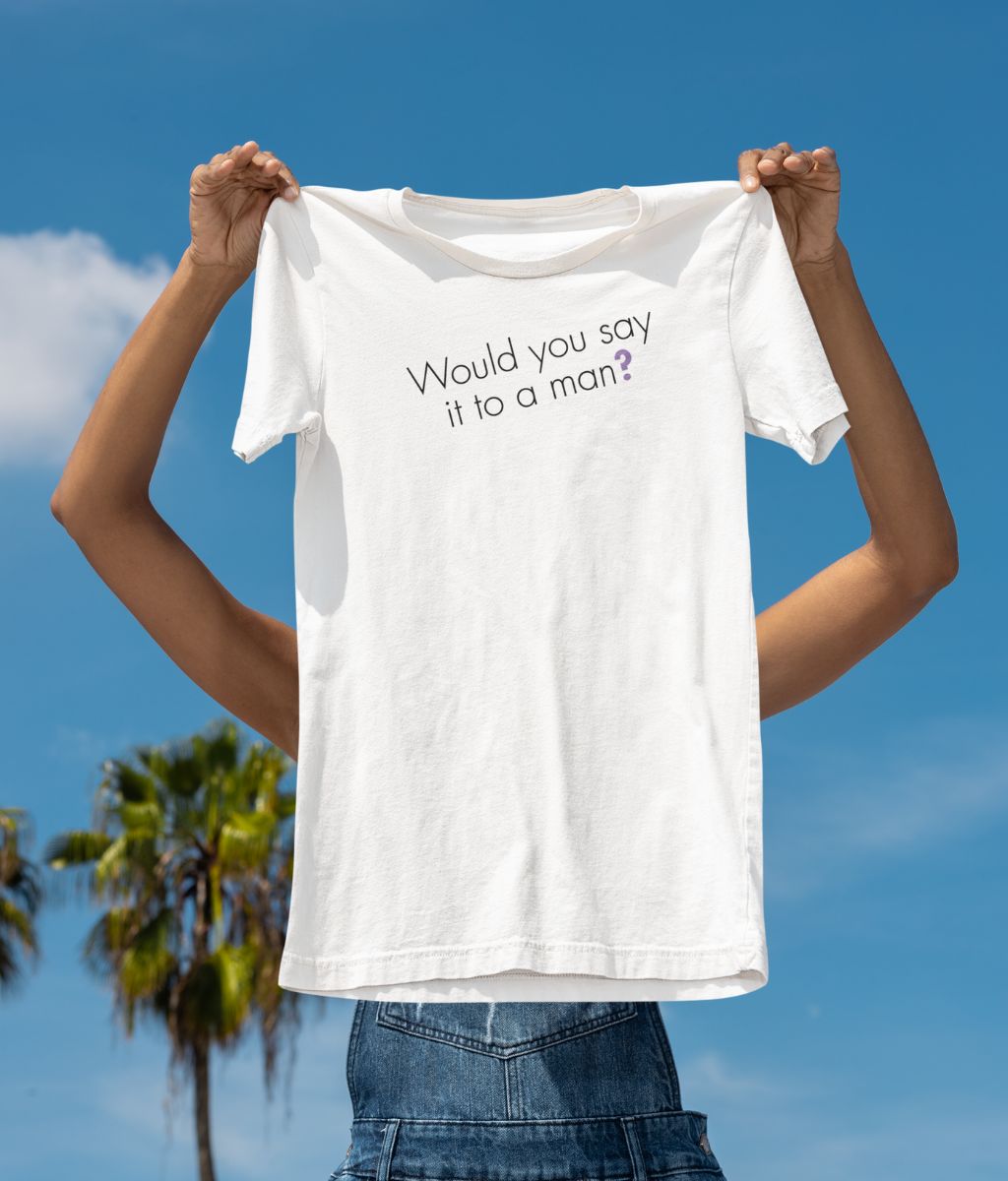
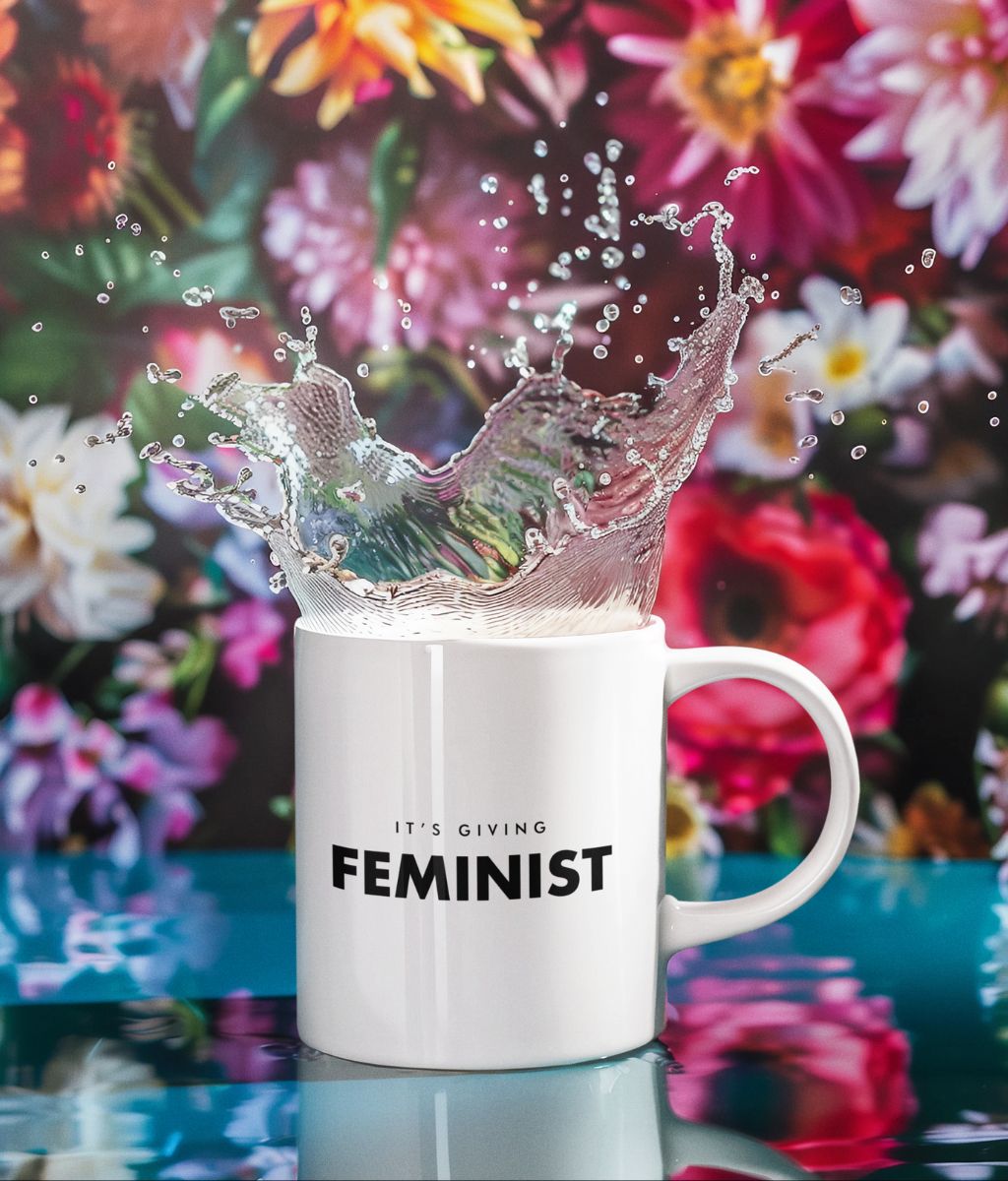

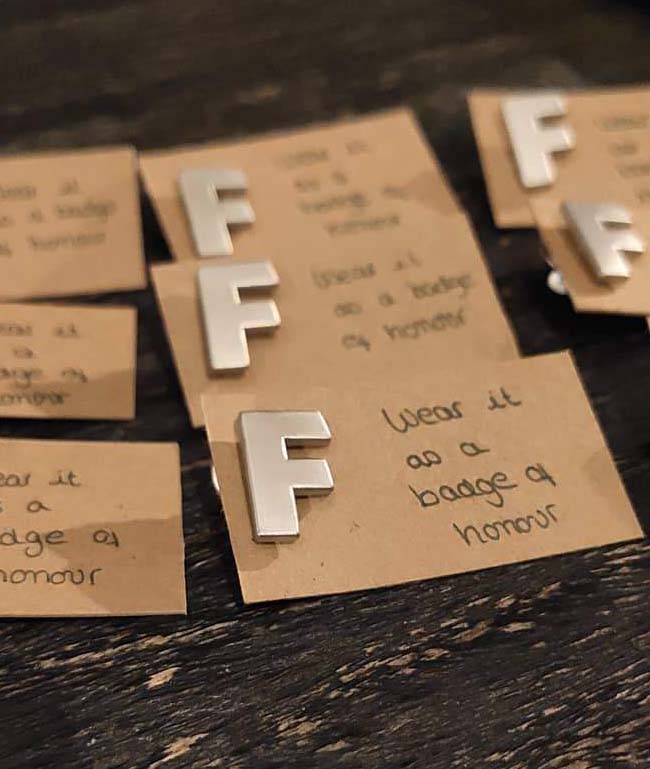

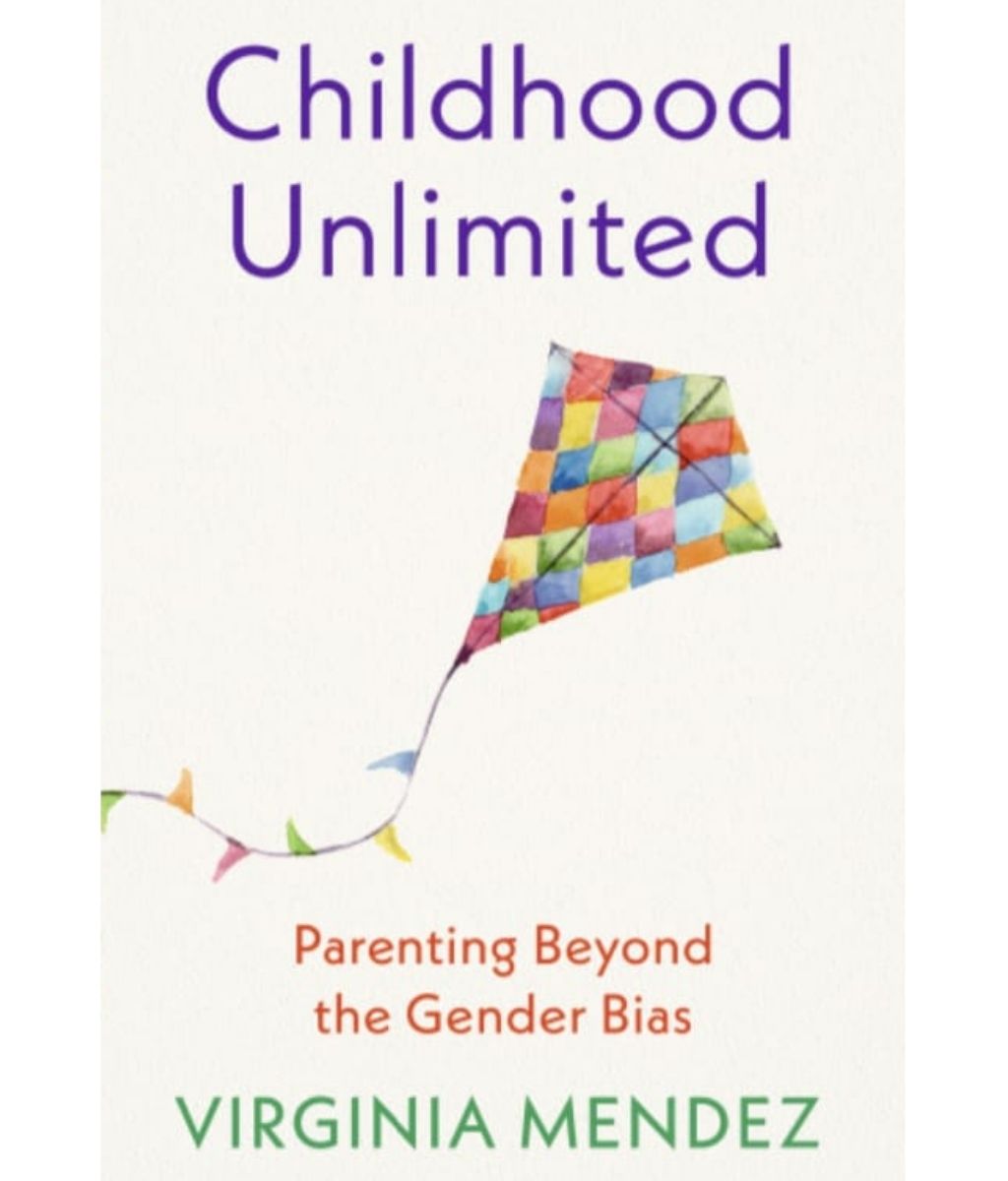
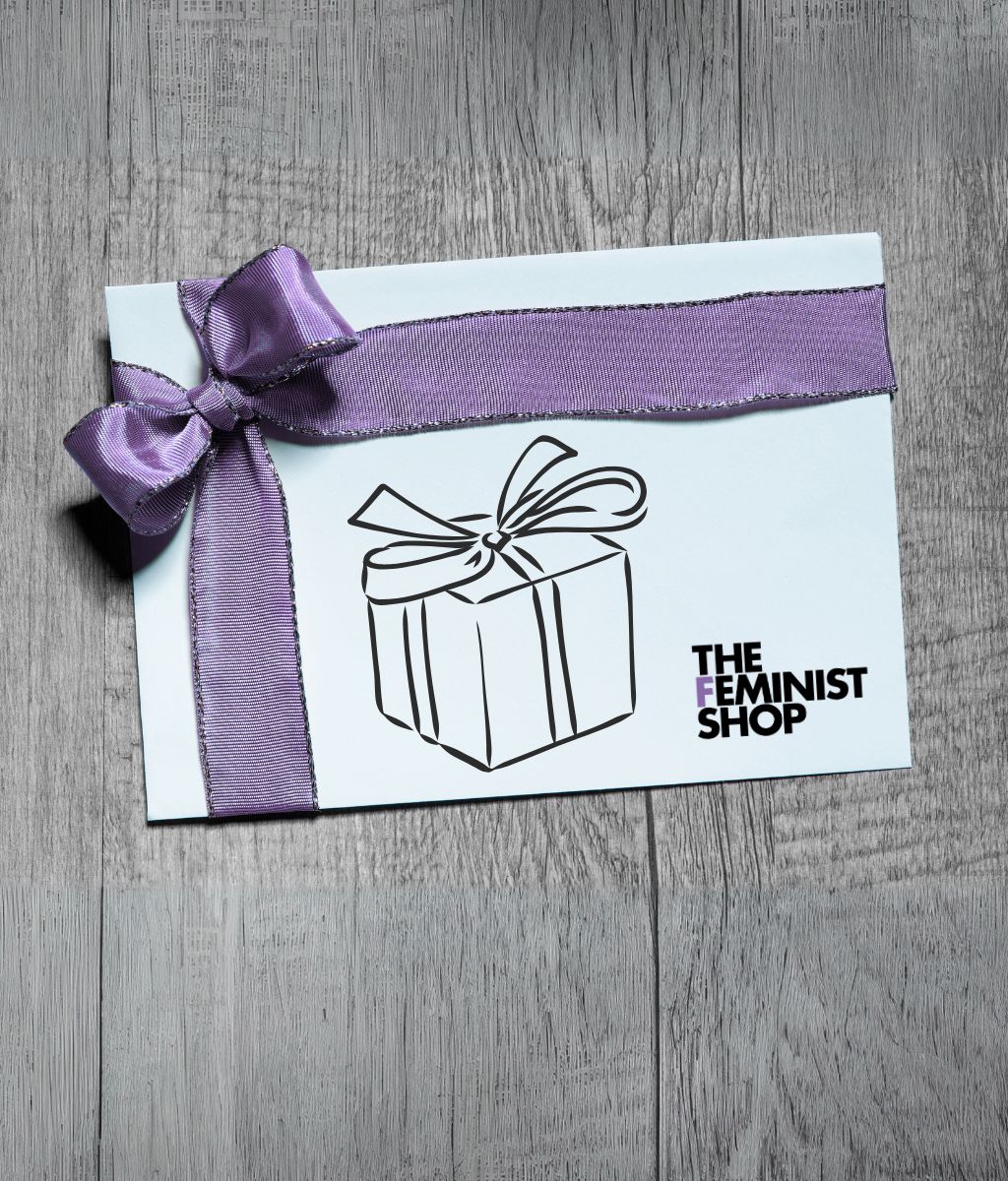

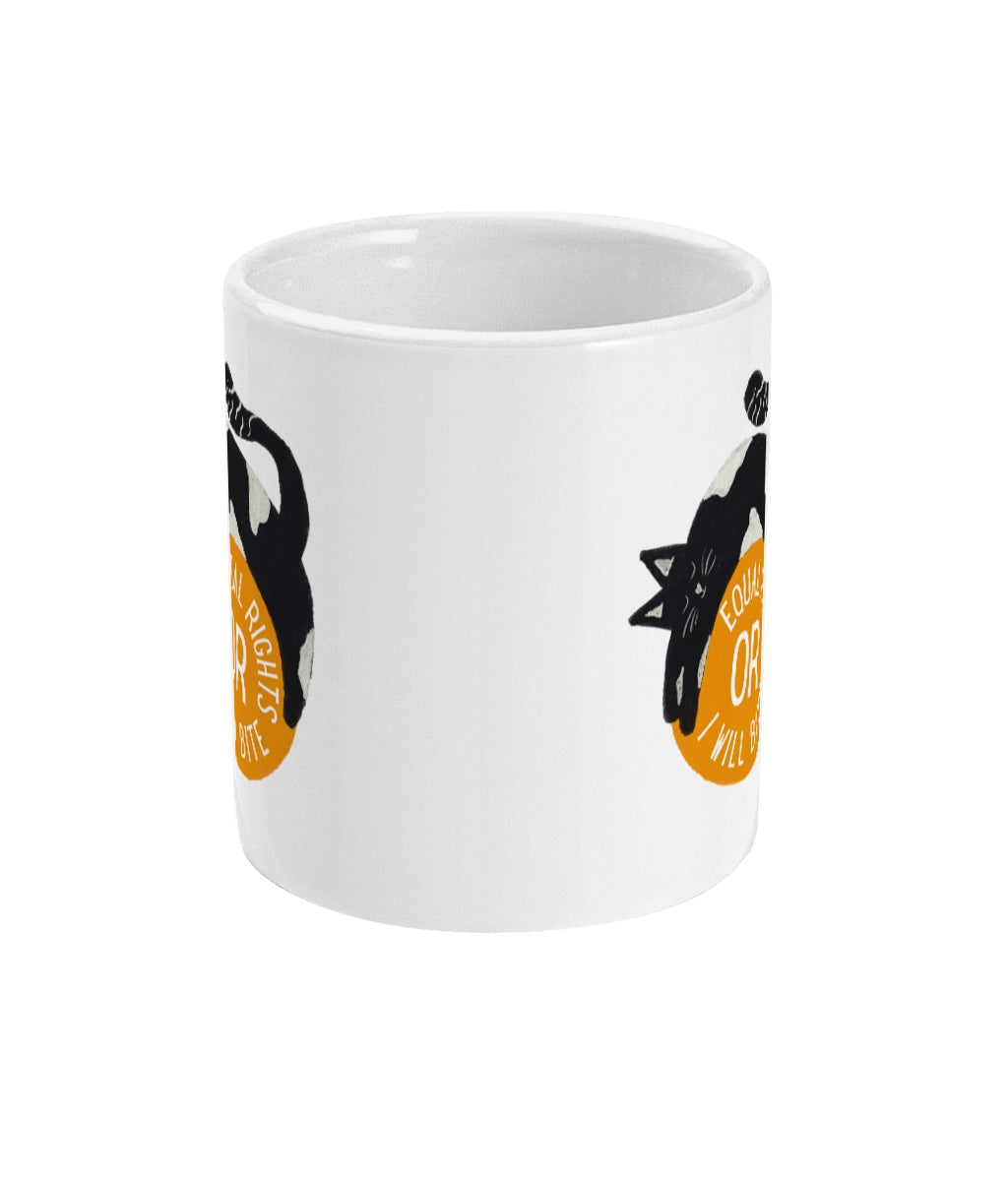

2 comments
My granddaughter age 10 is a devoted Star Wars fan. She has three older brothers and a father who live Star Wars. Her mother (my daughter) works hard to play her strong female role in the family. I have never watched or understood much about Star Wars so today I asked my granddaughter what the story of the new episode is. It sounded pretty patriarchal and lacking in female characters so I searched online for a feminist perspective. You’d has helped a lot. Next I’ll be looking for a non-violence perspective.
Thanks Amanda! Never really watched Star wars film, but it was still a very interesting article!! More of films analysis from a feminist point of view please.